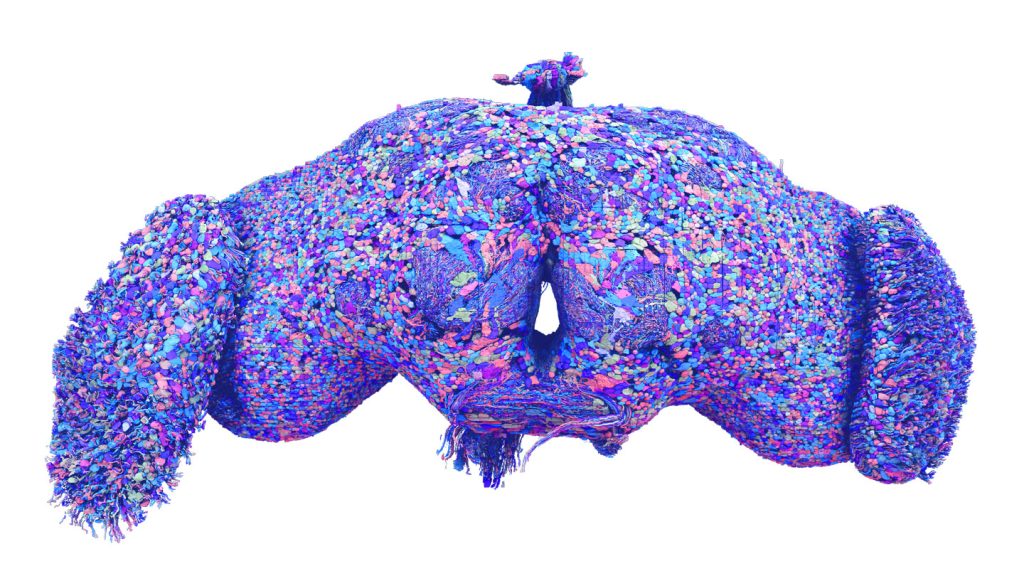Nine papers recently published in Nature detail the first complete map of nerve cells in a singular fruit fly’s brain. This map, meticulously traced over years, contains all 139,255 nerve cells and their 54.5 million connections, packed into a brain the size of a poppy seed. The map shows how neural information might flow among cells in Drosophila melanogaster, a creature simpler than a human but complex enough to hold mysteries for researchers trying to understand its brain.
Most notably, the connectome mapping project involved electron microscopy images of over 7,000 thin slices of a female fruit fly’s brain and machine learning that traced neurons through different slices. While machine learning helped align the complex tendrils of neurons, human proofreaders were essential to correct any errors and ensure the accuracy of the map. This was a collaborative effort involving hundreds of people from over 50 laboratories, a gigantic and important task.
This comprehensive connectome map is a breakthrough in the field of neuroscience, allowing researchers to build computer models to understand how information flows within the brain. For instance, the map reveals details such as the existence of only two CT1 neurons in the entire fruit fly brain, each playing a role in capturing changes in light and motion. Neurons have also been categorized into integrators that receive messages and broadcasters that send signals, offering insight into different roles these cells play in the brain.
Despite initial skepticism about the feasibility and value of mapping connectomes, the data from this fruit fly study have already proven to be valuable in revealing new insights into brain function. Researchers have begun to create computer simulations based on the connectome to further understand how information processing occurs in the brain. By studying these maps, scientists hope to answer key questions about brain connectomes such as their variability among individuals, changes over time, and their potential to predict behaviors.
Sebastian Seung, a computational neuroscientist at Princeton University, acknowledges the long and challenging road to completing the fruit fly connectome but remains optimistic about the future. With the success of this project, it is anticipated that connectome maps of more complex organisms like mice and humans will become more comprehensive and detailed. This will enable researchers to explore larger questions about brain connectivity and how these maps could contribute to predicting behaviors and understanding the complexities of brain function.


